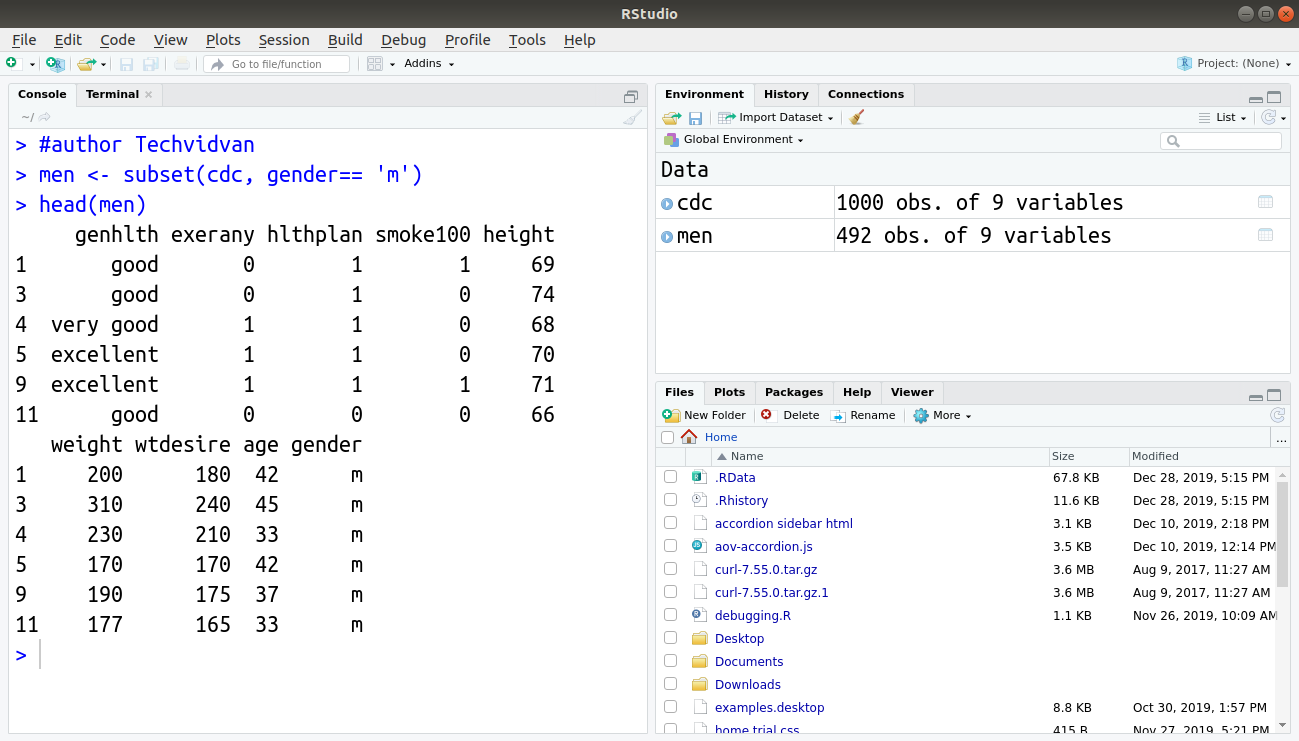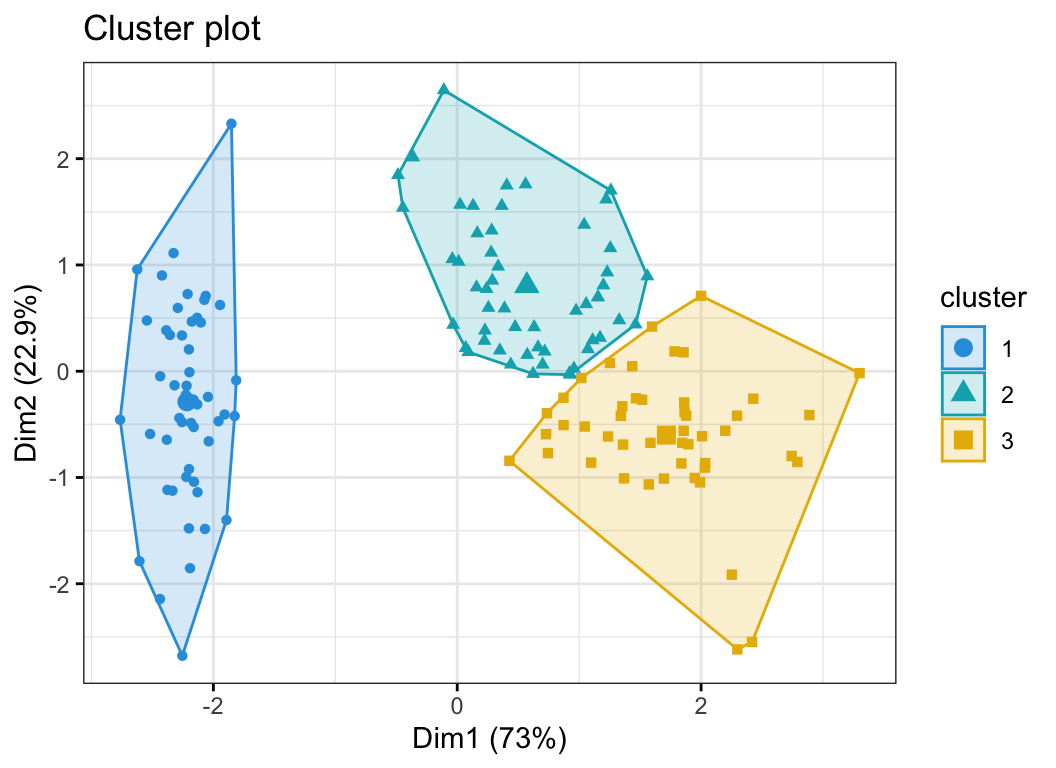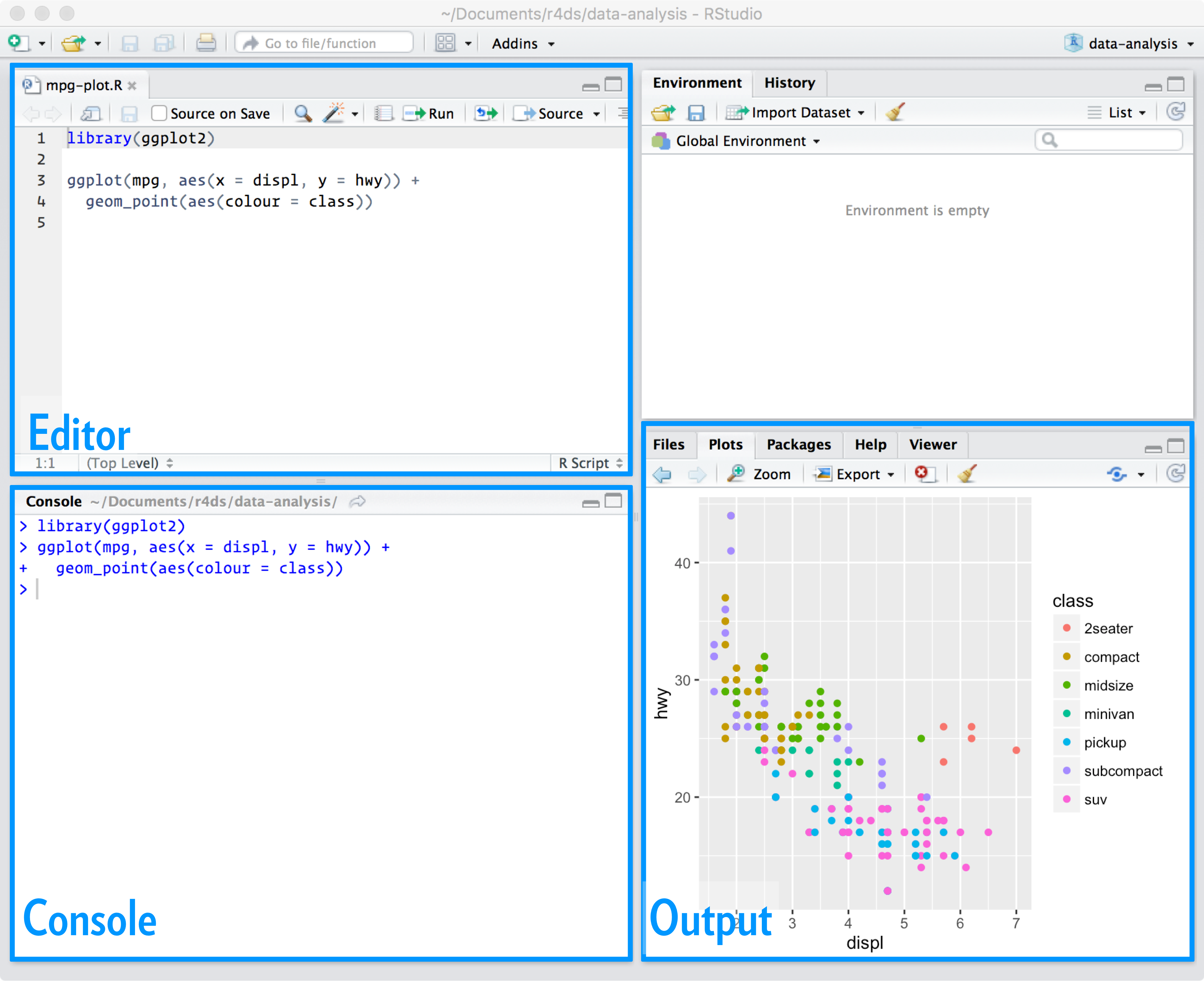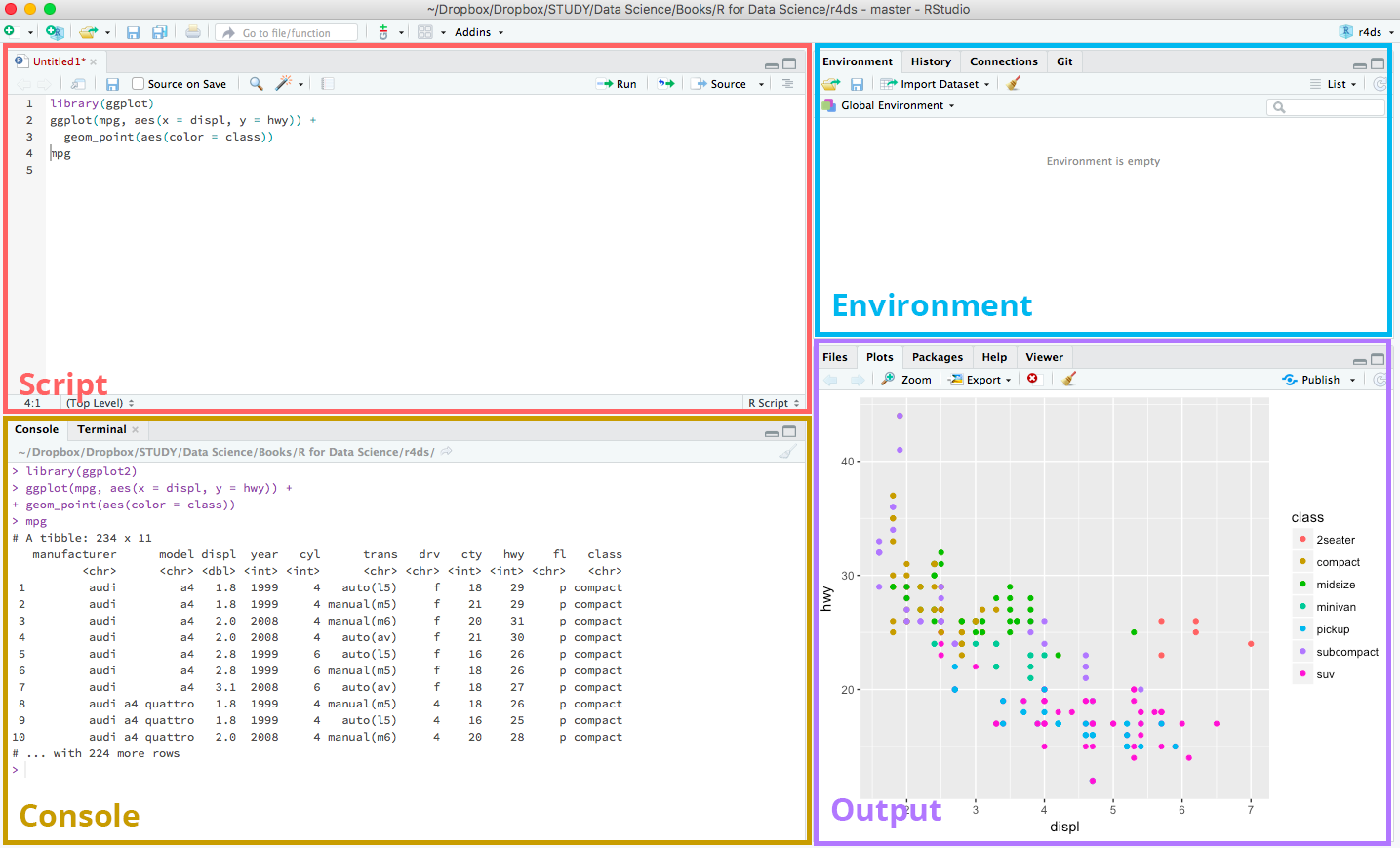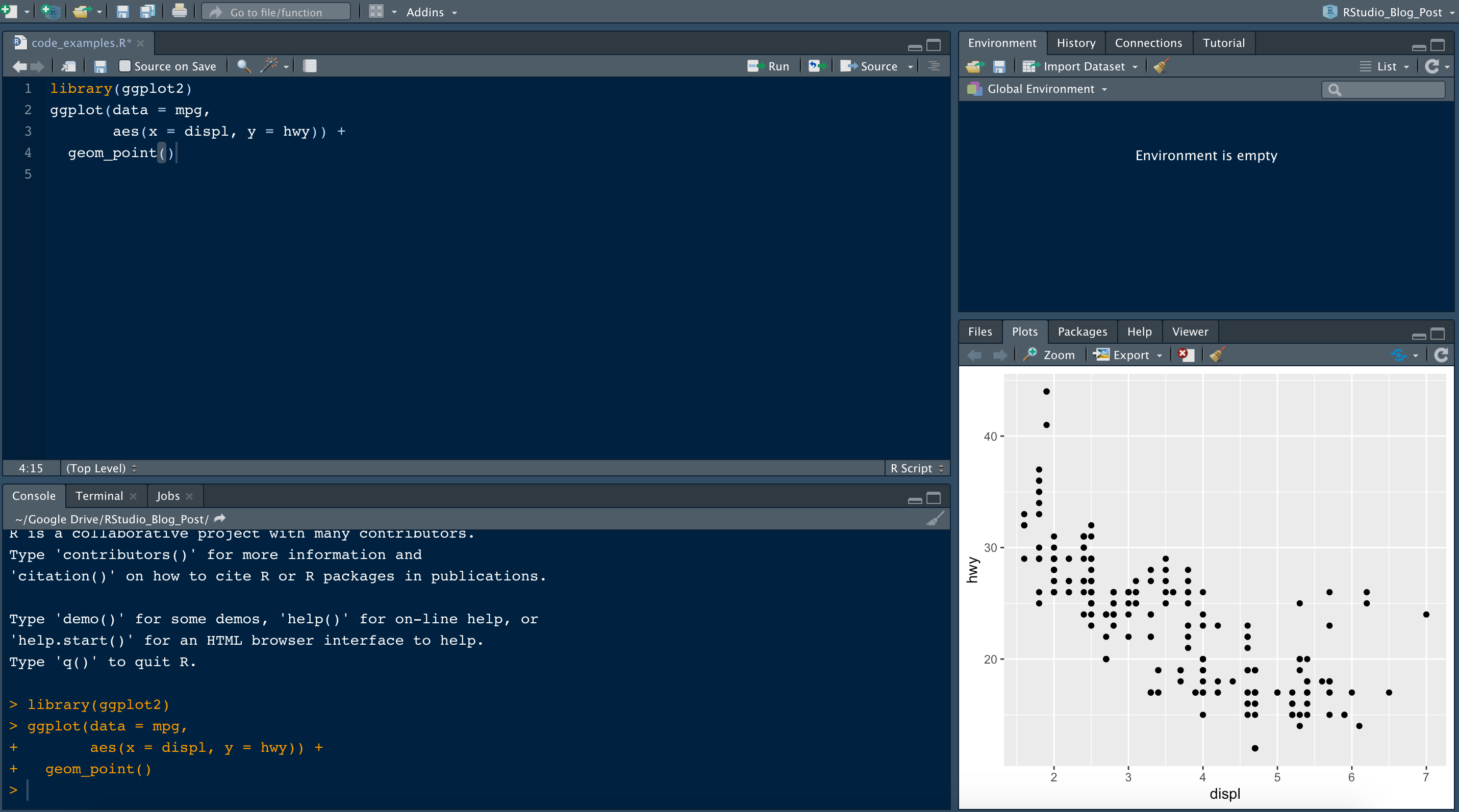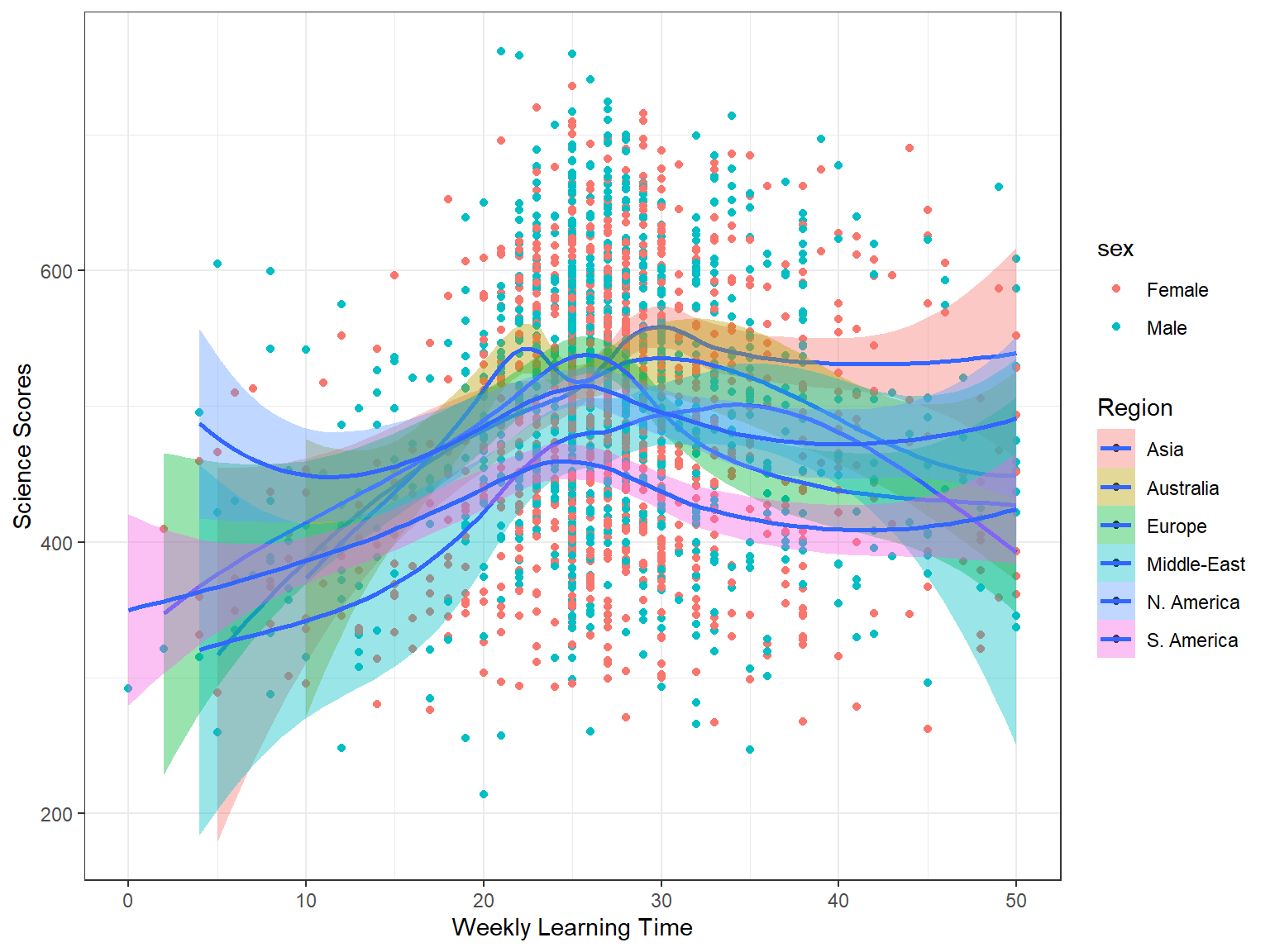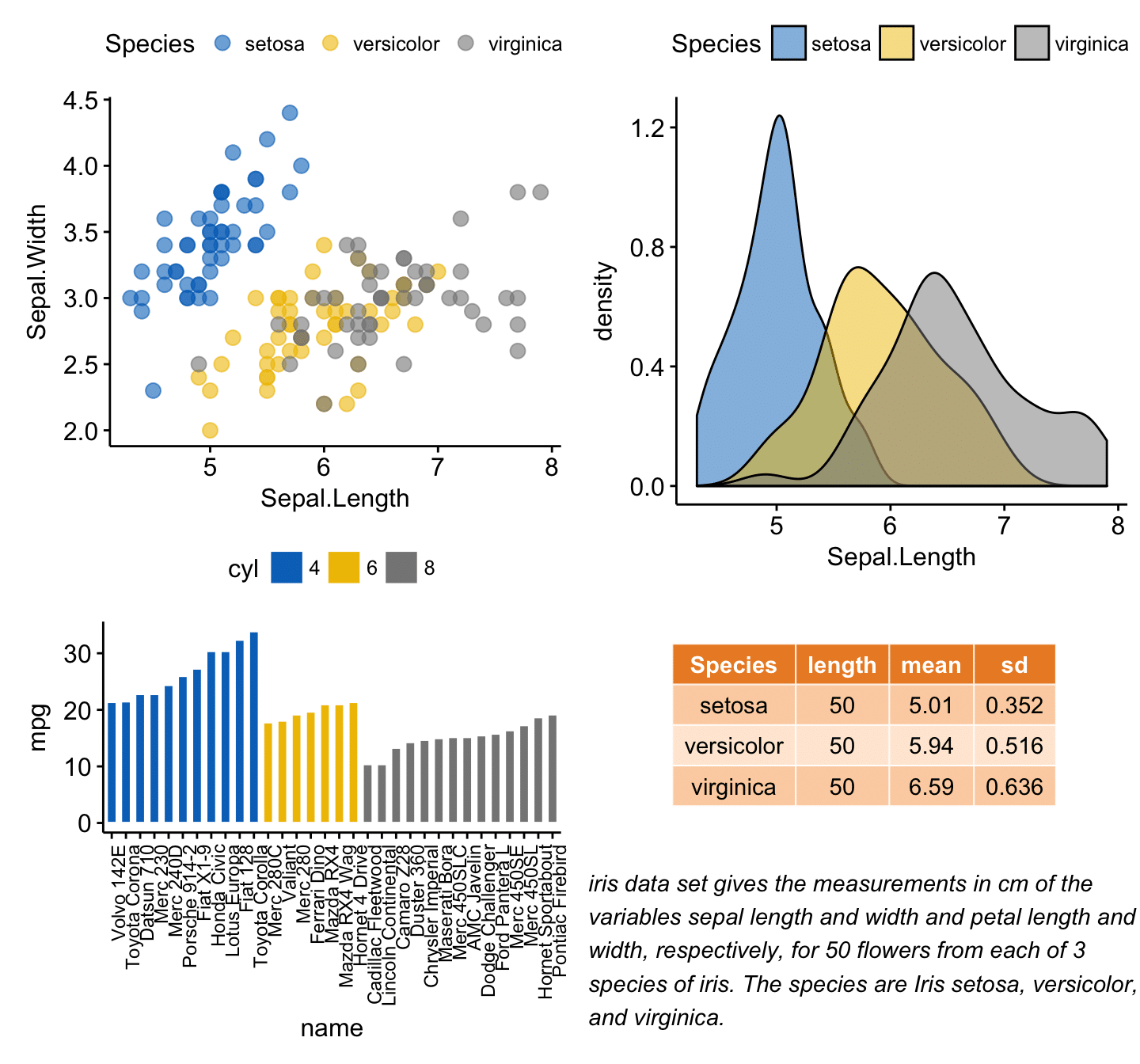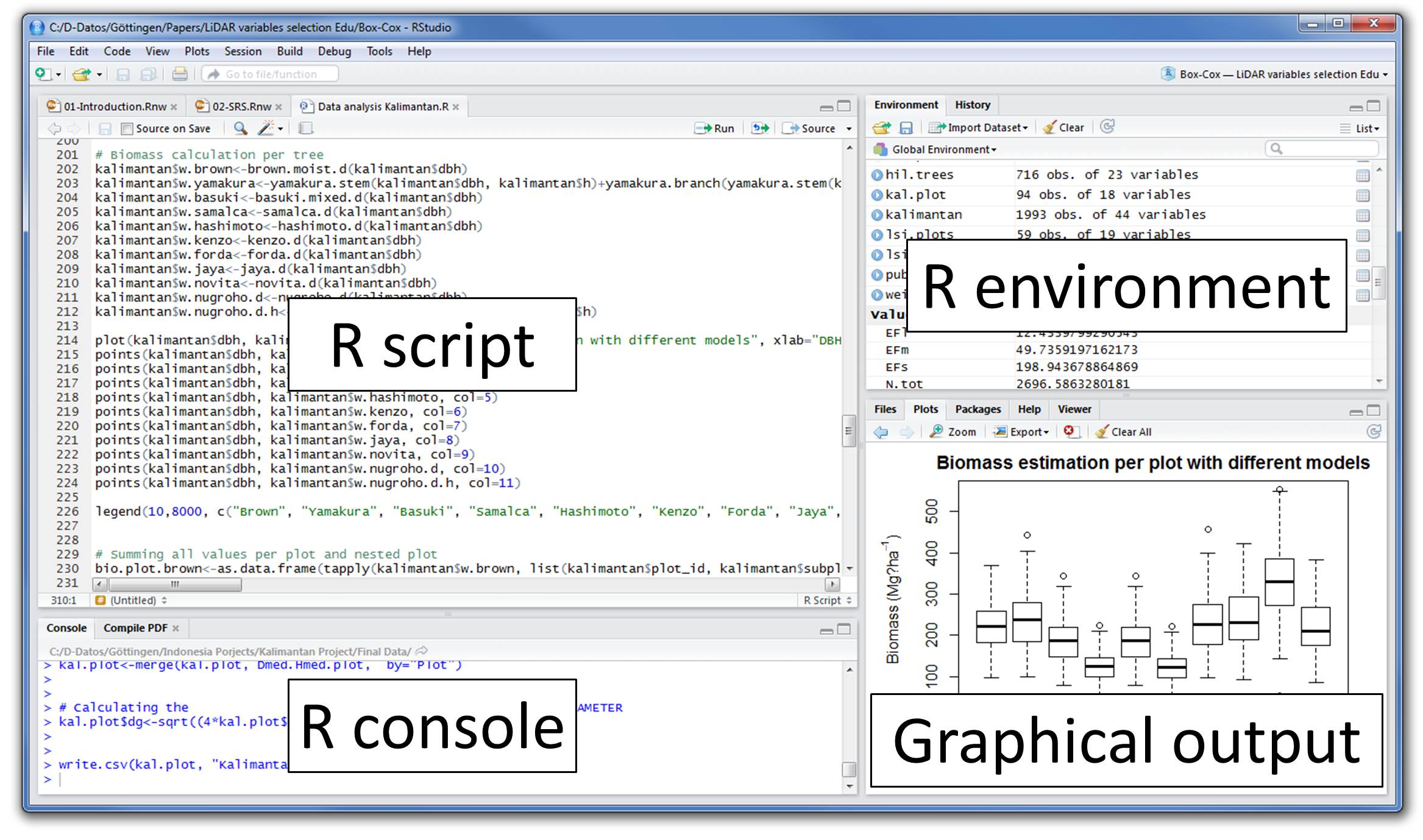Exemplary Tips About How Do I Visualise Data In R Studio Change Chart To Line
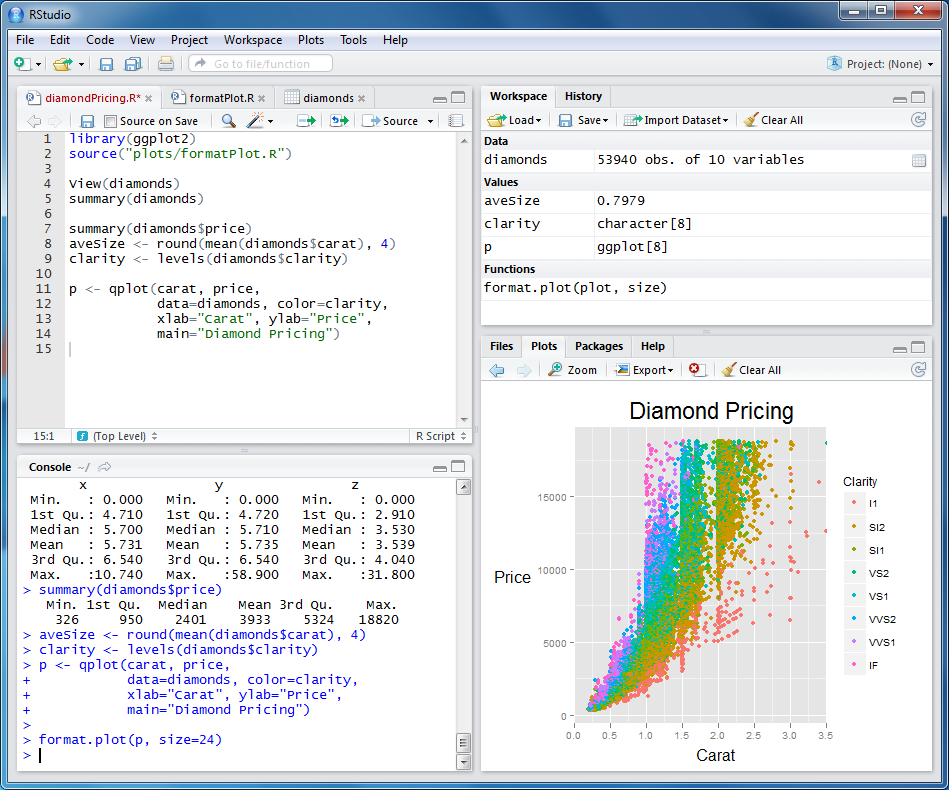
Ggplot2 provides a programmatic interface for specifying what variables to plot, how they are displayed, and what the general visual properties are, so we only need minimal changes if the underlying data change or if we decide to.
How do i visualise data in r studio. Rstudio’s ggplot2 is a useful package for telling data’s story, so if you are newer to ggplot2 and would love to develop your visualizing skills, you’re in luck. There are many functions and packages that create complex plots, often with one simple command. How do i visualise my data with ggplot2?
We will begin with basic plots and move on to more advanced ones later in. More often than not, you. Data visualization is an essential aspect of data analysis and communication, and ggplot2 is a powerful tool for creating elegant and informative visualizations in r.
We’ll bring in the tidyverse packages and use the read_csv() function to import the data. More than two variables can be visualized without resorting to 3d plots by mapping the third variable to some other aesthetic, or by creating a separate plot (“facet”) for each of its. Let’s see what data we’re working with:.
Visualizing data the “right” way requires many considerations — the topic, the quality of your data, your audience, your time frame, and. In order to start on the visualization, we need to get the data into our workspace. We have our data named as life_expec.csv, so you’ll need to rename it according to how you name the file.
The first chunk defines a function that gets. Simply copy and paste the following two chunks to import titanic into your r notebook in google colab. Sep 2022 · 17 min read.
This chapter will teach you how to visualise your data using ggplot2. In order to start on the visualization, we need to get the data into our workspace. First, import and name the data.
R has several systems for making graphs, but ggplot2 is one of the most elegant and most versatile. Visualizations are one of r’s strengths. This guide is designed to introduce fundamental techniques for creating effective visualizations using r, a critical skill in presenting data analysis findings clearly and succinctly.
We’ll bring in the tidyverse packages and use the read_csv() function to. In this tutorial, we will learn how to analyze and display data using r statistical language. Visualizing your data is crucial because it helps you understand the patterns, trends, and relationships within the data.
Specifying the data is a necessary argument for the ggplot(). To be able to use ggplot2 to generate publication quality graphics. Let’s start with the most basic step:
R is an amazing platform for data analysis, capable of creating almost any type of graph. Telling r which data to use to create a graph with the ggplot() command. Single data points from a large dataset can make it more relatable, but those individual.




